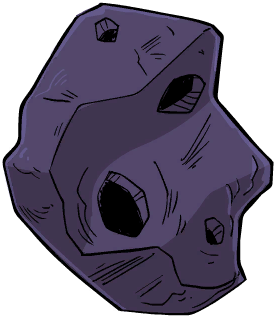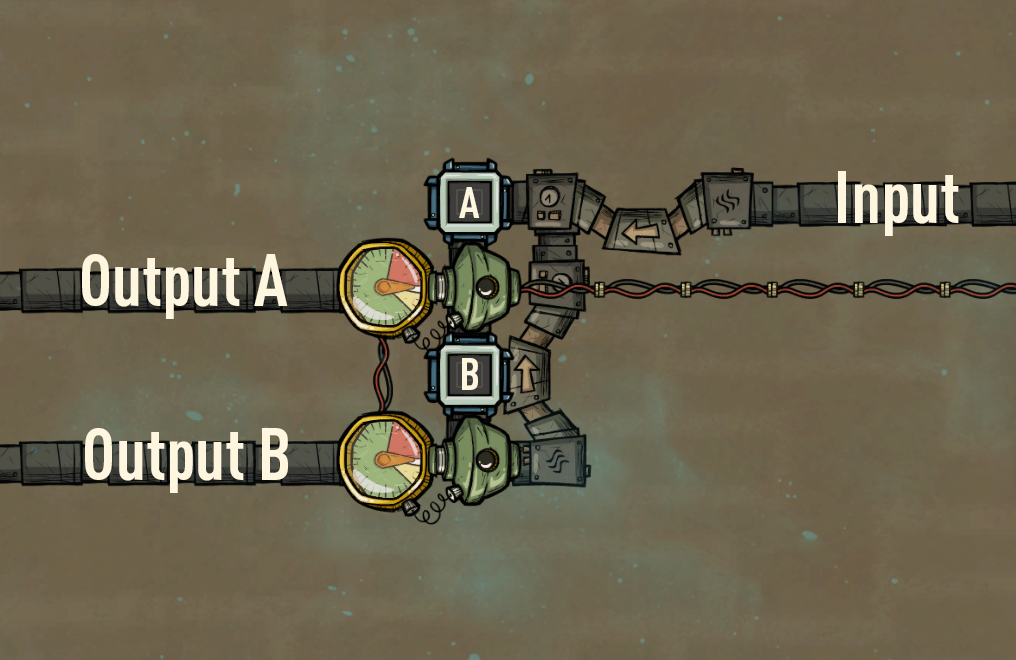

Chlorine atmosphere, such that the tanks are constantly submerged in it (if other gases are present, they should be at least semi-contained so that they do not displace the chlorine around the tanks).One or more Liquid Reservoirs ("tanks"), for holding liquids while they are disinfected.3.2 Example B: Polluted Water Vent PurifierĪ chlorine room will usually require the following components:.3 Setup 2: Extendable, Any Amount, Feedback Loop.The same techniques can be applied to remove any kind of germ from any kind of liquid (or gas - just replace the liquid pipes, tanks, sensors and shutoffs with gas versions of the same). This guide will cover some general techniques as well as two example setups for creating chlorine rooms to remove food poisoning from liquids: A compact method designed for purifying periodic small batches of liquid, and a larger method which can handle any quantity and frequency of inputs (high- or low-throughput, frequent or irregular). The resource and power cost of doing so is very low, although some Advanced Research will be necessary. lavatories), so that the polluted water can be safely sieved and reused. How much chlorine is used does not matter: As long as no other gases are present in the room, a little bit of chlorine will work just as well as a lot of it.Ĭhlorine rooms are useful for killing the food poisoning germs present in duplicant wastewater (from e.g. Slimelung from Polluted Oxygen or Oxygen). While this is especially useful for killing Food Poisoning held in Polluted Water or Water, the same mechanic can also be used to remove any kind of germ from any kind of liquid or gas (e.g. This takes advantage of the game mechanic where germs within tanks (but not pipes) are killed when immersed in chlorine.

Germs in gas or liquids can be killed easily by pumping them through tanks in a Chlorine room. This article has not been revised for the current version ( U47-562200).


 0 kommentar(er)
0 kommentar(er)
